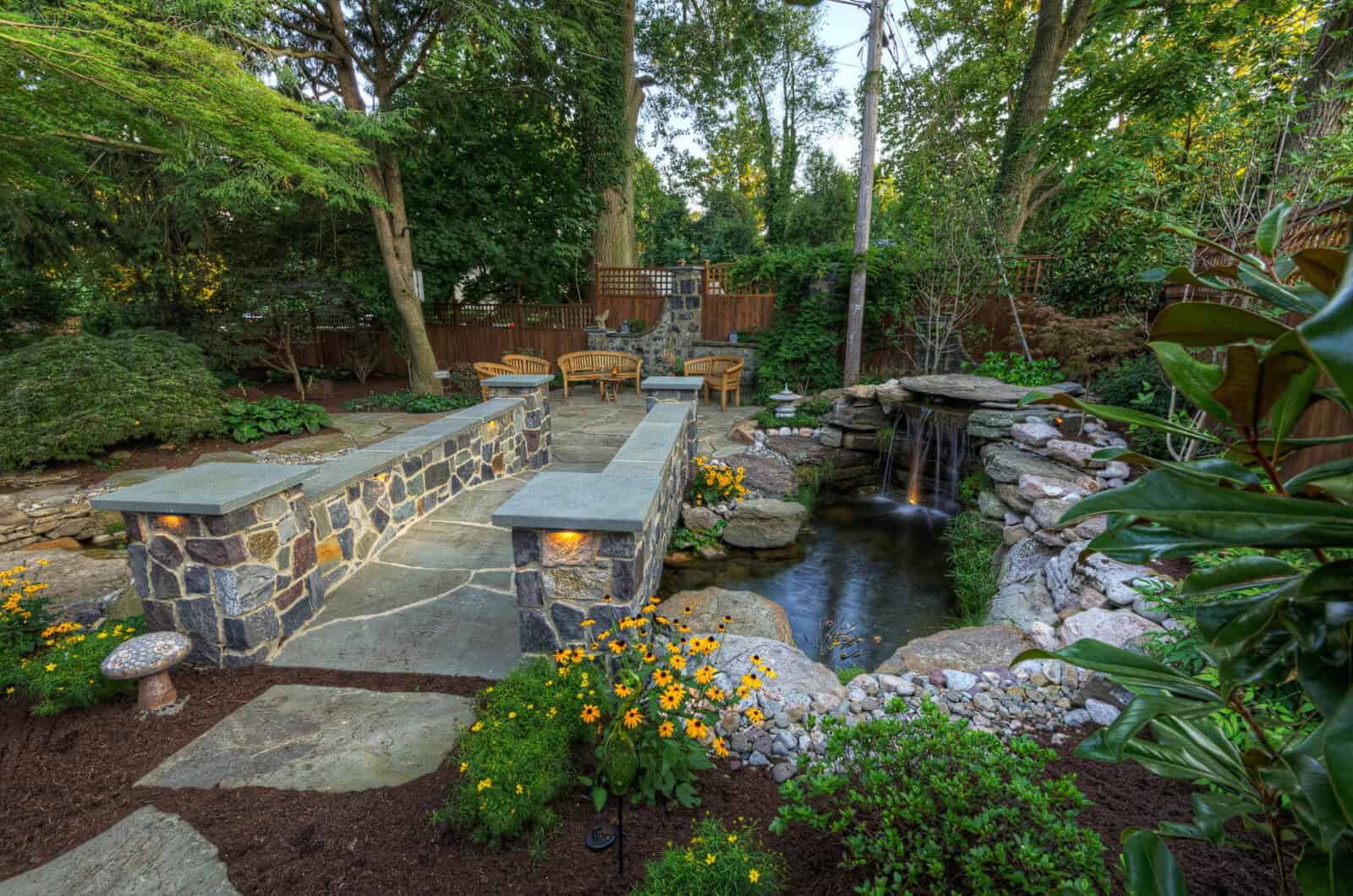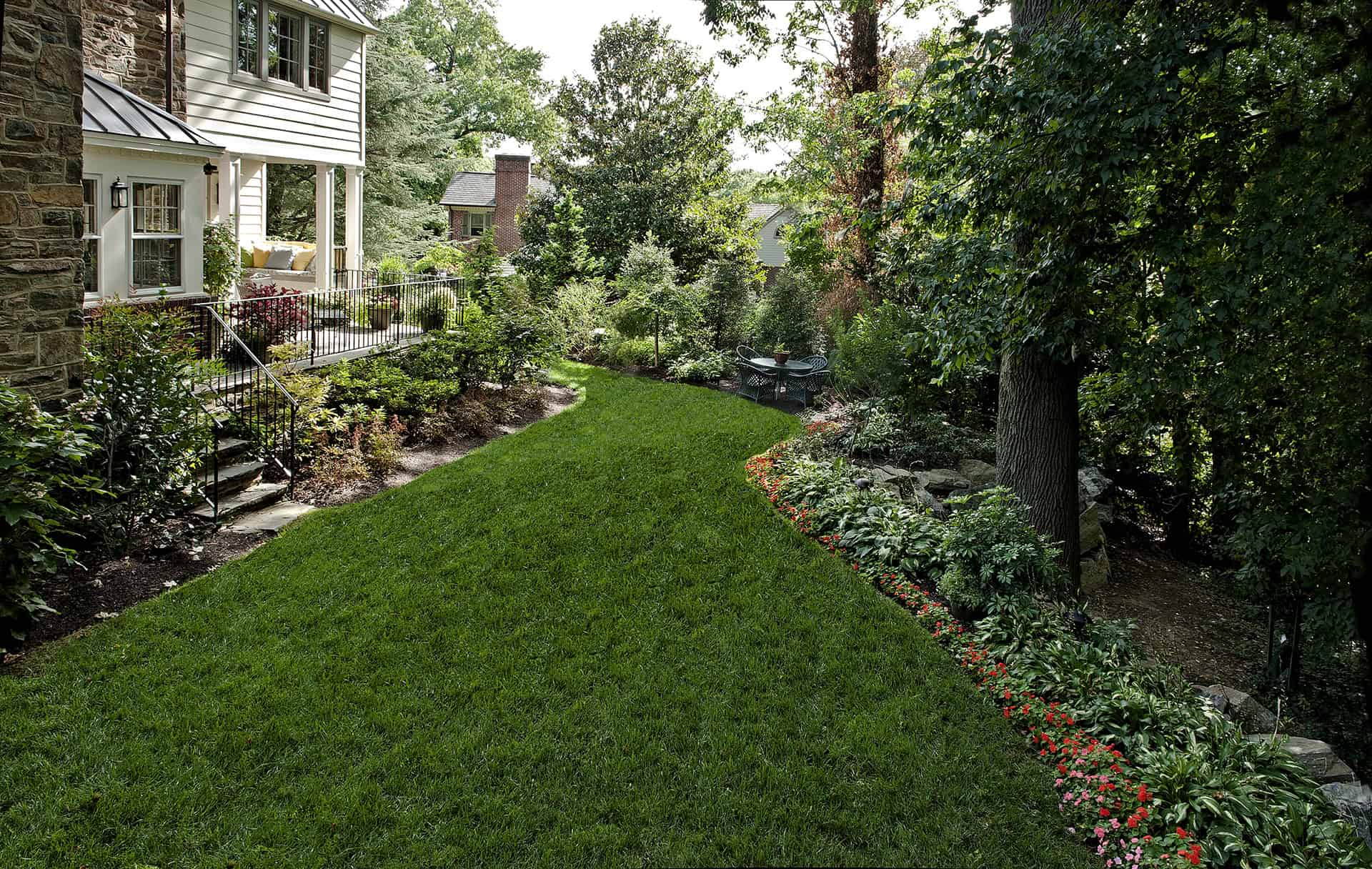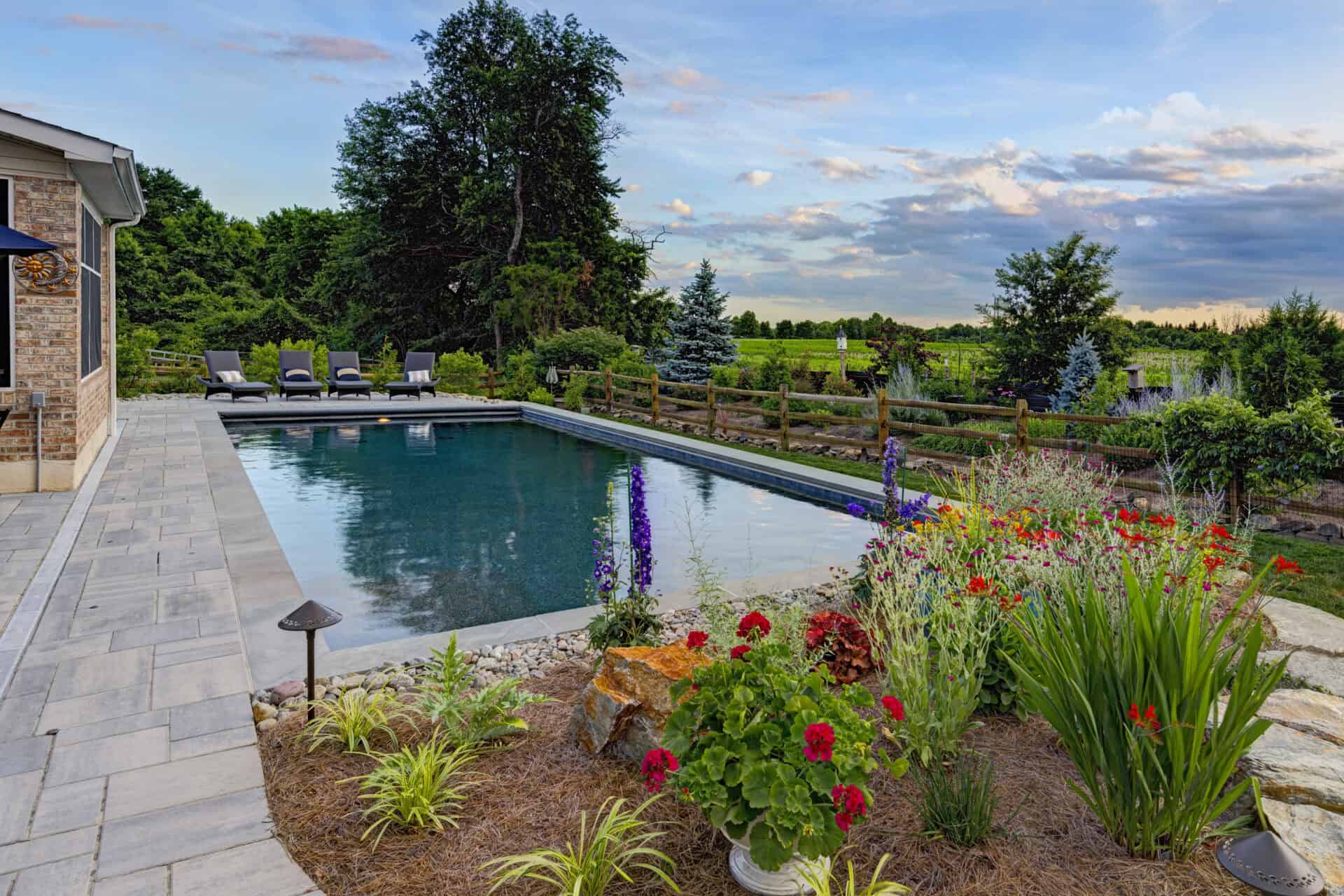
How to Protect Your Landscaping from the Heat
July 1, 2024Tips for Keeping Your Property Healthy
This week’s high temperatures and UV index could hurt plants and shrubs around your home. The best way to keep them from wilting and potentially dying is being proactive about protecting them before high temperatures affect your yard.
No matter how hot the summer, there are ways to counter the heat and keep your plants growing. The most effective way to protect them is to pay attention to the soil. Established plant root systems will keep them healthy, but the ground soil shouldn’t be allowed to dry and cake.
If you aren’t sure how to safeguard your landscaping, the following tips should help:
Water Early
For the most efficient hydration, water early in the morning. This gives trees and plants an opportunity to soak up water before the sun’s rays hit. It also prevents heat scald, which can damage leaves if the sun’s highest rays reflect off water. Make sure you give your property enough water. You can also hose them down a second time in early evening.

Use Shade Cloth
You can find protective covers and shade cloths at plant centers. They offer partial and temporary protection to vulnerable plants that have been recently planted or are not faring well. If you can’t find shade cloth, you can also use nets with strips of cloth woven through. Just make sure you have enough air for ventilation.
Keep Lawns High
In high heat indexes, resist the urge to mow your lawn too low. Keeping grass at three inches high helps the soil retain moisture, which benefits all of your landscaping. Also, wait to apply any fertilizers to your lawn during a heat wave. It will affect the soil’s ability to absorb nutrients.

Add a Layer of Mulch
Applying a quick layer of mulch to your plant beds will help protect the soil from drying out and retain moisture. Mulch helps reduce water evaporation, which is what you need during a period of high temperatures. You can also apply a layer of dry grass clippings to existing mulch.